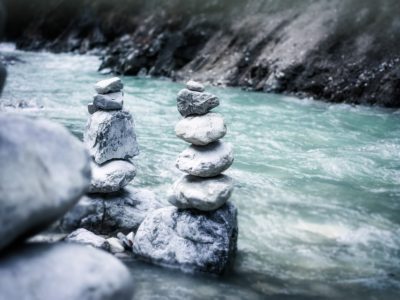5 Must-Have Drainage Gadgets Homes Need
We’ve written a lot about paying attention to your home’s drainage in order to avoid a damaged water main or a flooded driveway. And a lot of times a simple eye test works fine and you can avoid any major problems.
For homes that experience frequent back-ups or water in their basements, or for owners seeking a little extra peace-of-mind, however, the market is producing helpful technology that can save us time, money and headaches in the long run. The weather in the lower mainland is difficult to predict, so taking the guesswork out of the equation can help you sleep better at night when the rain starts to fall. Here’s five of our favourite water drainage gadgets.
1. Alarm System Sensors
Hooked up in your hot water tank overflow basin, a sensor will detect moisture on the ground in the event the hot water tank fails and starts to seep onto your floor. Another place to put a sensor is in your basement or crawl space. This would alarm if something has failed in your drainage system and is causing a backup. Its better to get an early alarm than find out there’s a few feet of water on the floor.
2. Automatic Watermain Shut-Off Valves
Specifically made for water main systems, an automatic shut-off valve is triggered by a sensor that turns your home’s water off, preventing a major flood in your home. Again, this is an important item to have in the event your main breaks while you’re not around. Water shut-off valves are used at home as well as in offices, which is helpful to have if you’re not around for a couple days. Just imagine returning to work after a week to find your desk up to its drawers in storm water.
3. Pump System Alarms
A storm line is the main pipe that takes storm water away from your home. For homes built with basements above the storm line, pumps aren’t required because water incorporates gravity to flow away from the house. For basements built below the storm line, however, the risk of floods caused by backed up drainage pumps is escalated dramatically. Pump system alarms notify you when water levels are high caused by excessive flows or pump failure.
4. Duplex Panels
Duplex control panels are the brains of your drainage pump system. The panel operates by cycling pumps back and forth, to provide equal wear and for an emergency backup. In other words, if one pump shuts down because of mechanical failure, your drainage system won’t back up immediately because the second pump will engage. Damaged pumps or pumps not operating, should still be replaced immediately.
5. Emergency Generators & Automatic Transfer Switches
What’s your first thought when the power goes out? Like me, you think it may be five minutes until it’s back on and the Netflix is up and running. However, if you have a house that relies on pumps to keep the basement dry, those five minutes can be crucial. An automatic transfer switch constantly monitors power to its control switch. When it senses that no power is present, it sends a signal to a natural gas generator to turn it on. When the generator reaches proper operating speed, it sends a signal back to the switch to transfer to generated power. The end result is you have your lights on, your wi-fi working and your pumps pumping while your neighbours are busy looking for candles.
Avoiding Unnecessary Risk
The risk of adopting a completely automated system is in the user. Just because you equip your home with panels, alarms, sensors and valves to prevent disaster doesn’t mean you’re off the hook when it comes to maintaining your system and acting quickly if anything seems out of the ordinary. Regular maintenance is the key to reduce your chance of flooding. Automation allows you to reduce these risks even further.



